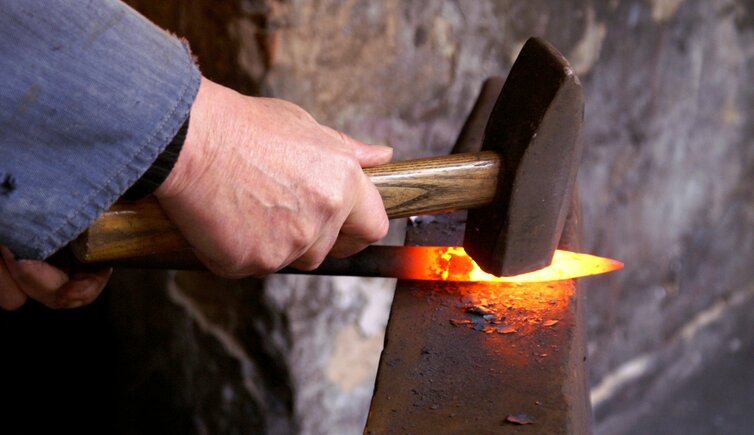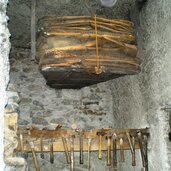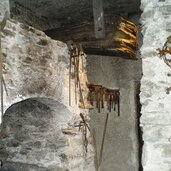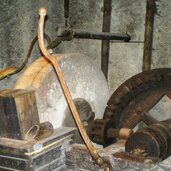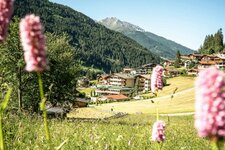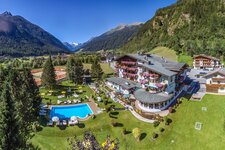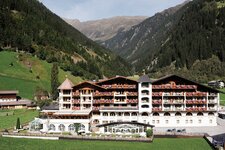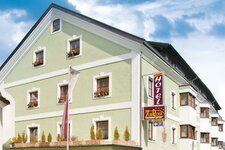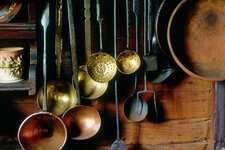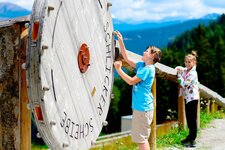The small museum in the Riedlhaus today tells about the forge huts that once made the Stubaital valley famous far and wide
Image gallery: Smithy Museum Fulpmes
The Stubaital valley is home to the approximately 5 km long high valley of the Schlick 2000, today a popular hiking and skiing area. From the 14th to the 16th century, however, iron ore was mined here, which was then processed in a total of 45 forge huts along the Schlickerbach stream. The still active blacksmiths joined forces in 1897 and produce high-quality tools such as pliers, spanners and spatulas today as the "Stubai Werkzeugindustrie".
The small Smithy Museum (Schmiedemuseum) in the Riedlhaus in Fulpmes, near the valley station of the Schlick 2000 Cable Car, tells of this. It is itself a former smithy. It tells about old times and hard professions, about the development of the blacksmith's art and the tools used. Among the exhibits are some very special highlights, such as the original floor-to-ceiling smithy, called "Riedl-Schmitten", with its functioning grinding machine from 1812 and the smithy hammer from 1836.
In addition, there are old tools for handicrafts and mining from the 18th and 19th centuries, historical documents and magnificent examples of blacksmithing. The "Fulpmer Schmied" also adorns the museum, a wooden sculpture from 1916 by Ludwig Penz (1876-1918), the pioneer of modern sculpture in Tyrol, who was born in the Stubai Valley.
Contact info
- Fachschulstrasse road 4 - 6166 - Fulpmes
- +43 5225 696 024 / +43 664 4502 402
More information
The Smithy Museum Fulpmes stays open every year only during the summer months from the end of June to the end of August, every Wednesday afternoon, closed in autumn, winter and spring.
Season start 2025 at the end of June.
